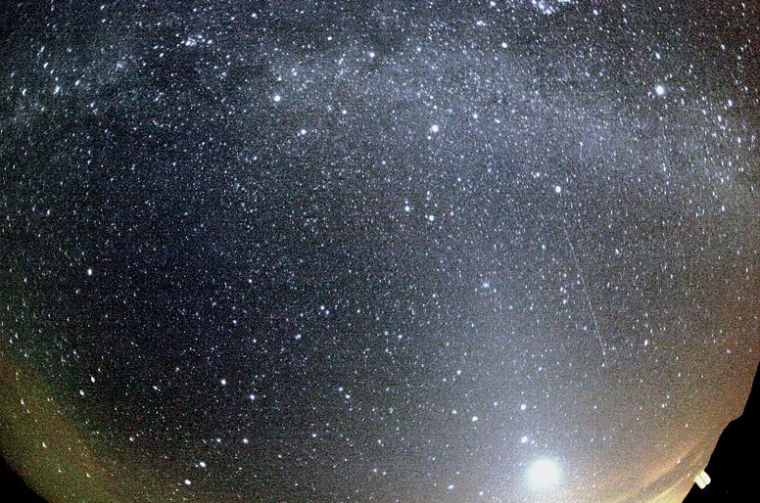Orionid 2015 meteor shower peak time, date: Watch out for Orionid's peak activity this month

Draconid meteor showers recently concluded its peak last Thursday, Oct. 8, and now, sky watchers will just have to wait for another meteor display that will happen this month.
Orionid meteor shower is making a show in the coming weeks. According to NASA, the meteor has been active since Oct. 4 and will run through Nov. 14.
However, the peak activity, which will shoot out around 10 to 20 meteors per hour, will be on Oct. 21 to 22, and sky watchers need to mark those dates.
Although Draconids and Orionids are making a show this month, the two offer different displays for viewers.
Draconids are known to make a display in the early evenings, as opposed to Orionids that shower in the wee hours of morning, just like most meteors.
According to Patch, the Orionids are also considered a yearly favorite of sky observers. The meteors, which are remnants of Halley's Comet, originate from the constellation Orion the Hunter.
They are best viewed between midnight and dawn and it doesn't matter what time zone the viewer will be in, EarthSky noted.
The upcoming showers are popular because they are usually bright and quick. EarthSky also stated that sometimes Orionids can show off an outstandingly bright meteor — so bright that it can still be clearly visible even when viewed from a heavily lighted environment.
Stargazers can also expect yellow and green showers from the upcoming Orionid activity.
As for viewing conditions, the first quarter moon hides away come late evening or just as midnight approaches on October 20, preparing the sky for the arrival of Orionids to give audiences a great viewing experience.
As always, meteor watching is most successful when done in a dark spot, away from city lights as much as possible.
There is no special equipment needed to get a glimpse of Orionid meteor showers. One just needs to find a comfortable dark area and sit for a few minutes to get the eyes adjusted to the darkness.
By then, it would be easy to see the meteors light up the sky.











